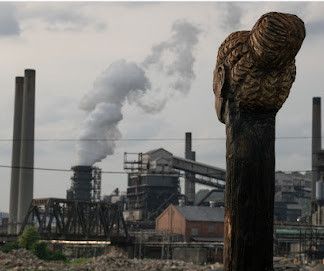Catch 22 at the Supreme Court
Legal Planet
JUNE 30, 2022
In 2011, in AEP v. CT , the Supreme Court said this: We hold that the Clean Air Act and the EPA actions it authorizes displace any federal common law right to seek abatement of carbon-dioxide emissions from fossil-fuel fired power plants. 410 (2011). Now, in West Virginia v. Connecticut , 564 U. Post, at 20.













Let's personalize your content